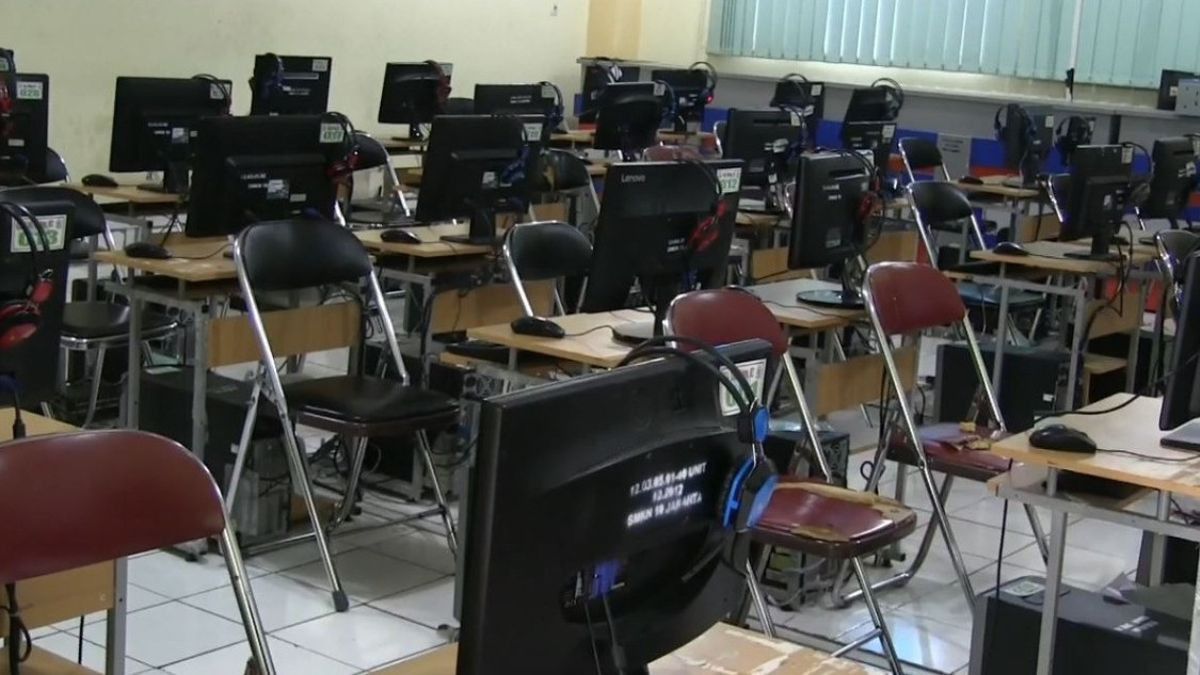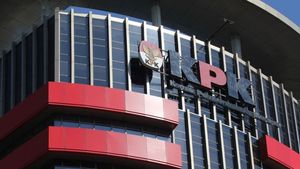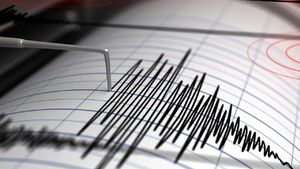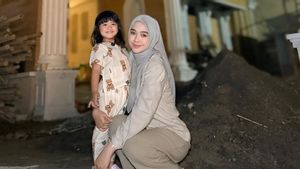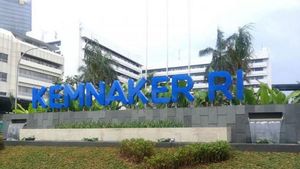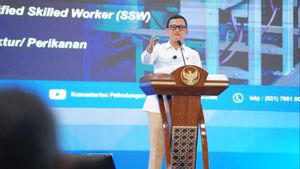JAKARTA - The chairman of the Indonesian Pediatrician Association (IDAI) Aman Pulungan regretted the government's decision to allow the opening of schools in COVID-19 risk areas with the green and yellow zone category.
This is because IDAI has never been asked for an opinion by the government when making a Joint Decree (SKB) of four ministries regarding the licensing of face-to-face learning in schools in the green and yellow zones.
"I don't know who allowed the opening of the school. We have never been asked, both regional and central IDAI. In fact, we know who the children died (due to COVID-19) and what the cases were. But, we were not asked," said Aman in the discussion. webinar, Monday, August 17th.
According to him, IDAI refused to reopen schools, even though only in areas with low risk, or there were no cases of COVID-19. Determination of the risk zoning for COVID-19 is considered to have gaps. The intensity of tracing and testing was not carried out equally across regions.
"This zoning provision, we do not agree because our quality control is not optimal. Once there was a zone that was said to be green, then I called the chairman of the IDAI about how the zone was doing. In fact, there were new cases," said Aman.
"Determination of this zone has only produced results within a week or two last week. In fact, the data for the COVID-19 case yesterday could change again because it is very dynamic," he continued.
It is safe to disclose data on child COVID-19 deaths based on age. As many as 10 percent of deaths were in children aged 0 to 28 days, 32 percent of deaths were in children aged 29 days to 1 year.
Then 24 percent in children aged 1 to 5 years, 14 percent in children aged 6 to 9 years, 20 percent in children aged 10 to 18 years.
"The cases of COVID-19 deaths at school age, from 10 to 18 years are also included. Because they are children who cannot be arranged to wear masks and so on. Then, do you still want schools to open?" said Aman.
Previously, Minister of Education and Culture Nadiem Makarim said that the stages of the decision to open schools to carry out face-to-face learning began with the COVID-19 Handling Task Force, which mapped areas with risk zones for COVID-19 transmission.
The regional government (pemda) of district / city offices of the Ministry of Religion is given the authority to make decisions regarding permits to reopen schools and madrasas.
"Although it is permissible, if the regional government and the head of the education office feel they are not ready, they do not have to start face-to-face learning," said Nadiem.
If the local government states readiness to carry out face-to-face learning, they will ask each school principal and school committee whether it is ready to open a school or not.
"One more level, even if the school is ready and starting face-to-face learning, but if there are parents of students not allowing their children to go to school because they are still uncomfortable with the risk of COVID-19, that is the prerogative of the parents," he said.
Meanwhile, from the data as of August 3, there are 43 percent of districts / cities with yellow and green zone status. Meanwhile, the remaining 57 percent has the status of the orange zone or medium risk and the red zone or high risk.
All schools in the orange and red zones are still prohibited from conducting face-to-face learning. Schools in the zone continue to learn from home.
In the green and yellow zones, the fastest face-to-face learning start time for SMA, SMK, MA, MAK, SMP, and MTs is July 2020. Then, the fastest school opening time for SD, MI, and SLB is in August. Meanwhile, PAUD is opened as early as October.
The English, Chinese, Japanese, Arabic, and French versions are automatically generated by the AI. So there may still be inaccuracies in translating, please always see Indonesian as our main language. (system supported by DigitalSiber.id)
